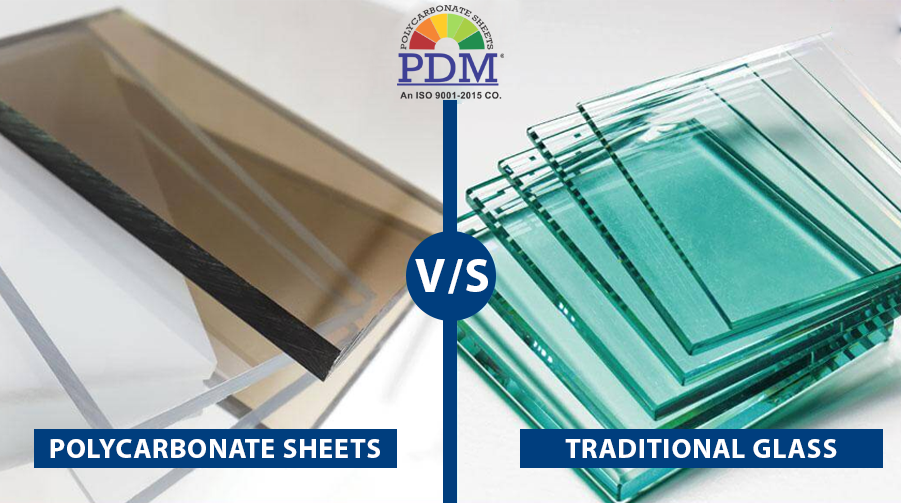Selecting building materials often sparks a debate: polycarbonate sheets or traditional glass? Both offer distinct advantages and considerations, impacting their suitability for various projects. This analysis delves into their cost, durability, energy efficiency, and design flexibility to guide your decision-making process – Polycarbonate Sheets vs Glass.
Cost: Striking a Balance
Polycarbonate sheets generally boast a lower overall cost compared to glass, especially when factoring in installation and maintenance. While the initial price per square foot might be higher for polycarbonate, its durability and simplified installation often translate to long-term savings.
Durability: Strength Under Pressure
Polycarbonate sheets reign supreme in impact resistance. Unlike glass, they are virtually unbreakable, making them ideal for areas prone to vandalism or extreme weather. This translates to reduced replacement and maintenance costs over time.
Energy Efficiency: Keeping Climate in Check
While glass offers superior clarity and UV resistance, polycarbonate sheets can be treated to achieve similar UV protection while boasting superior thermal insulation. This property helps maintain comfortable indoor temperatures, reducing energy consumption for heating and cooling.
Design Flexibility: Unleashing Creativity
Architects and designers enjoy greater creative freedom with polycarbonate sheets. Available in a kaleidoscope of textures and colours, they can be easily moulded or shaped to fit unique architectural visions. Glass, on the other hand, presents more limitations in terms of customization.
Real-World Applications: Bringing Theory to Life
Both polycarbonate sheets vs glass find extensive use across diverse industries, from greenhouse roofing to skylights and noise barriers. However, the optimal choice hinges on specific project requirements like budget limitations, environmental factors, and desired aesthetics.
Conclusion: Choosing the Right Champion
Polycarbonate Sheets vs Glass each possess unique strengths. Polycarbonate excels in cost-effectiveness, durability, energy efficiency, and design flexibility, making it a compelling choice for modern construction projects seeking sustainable and innovative solutions. Nevertheless, the final decision should be based on your specific project needs and long-term goals to achieve optimal results in terms of performance and aesthetics.



